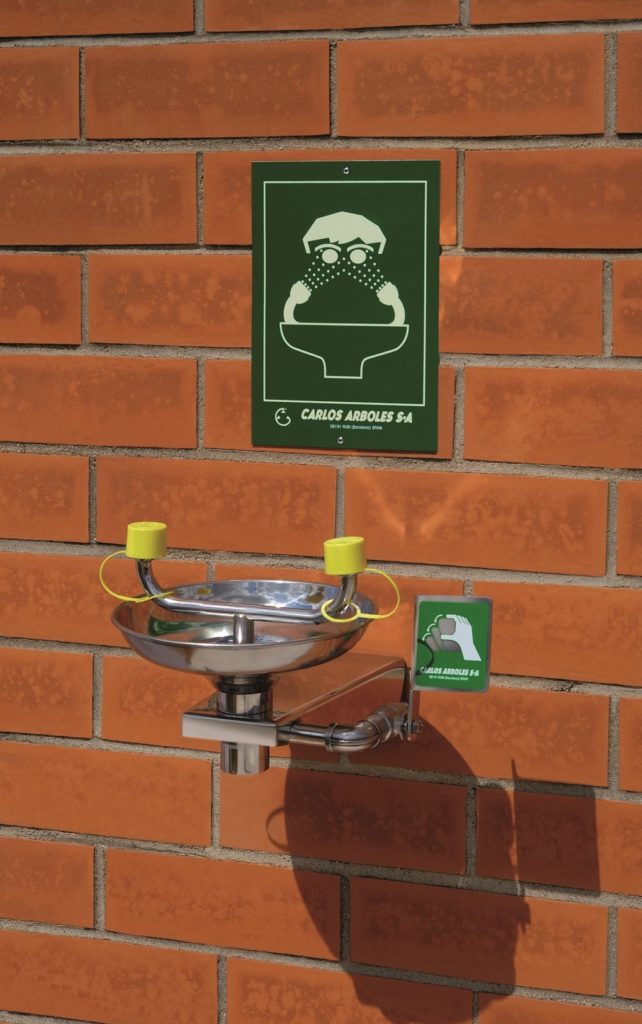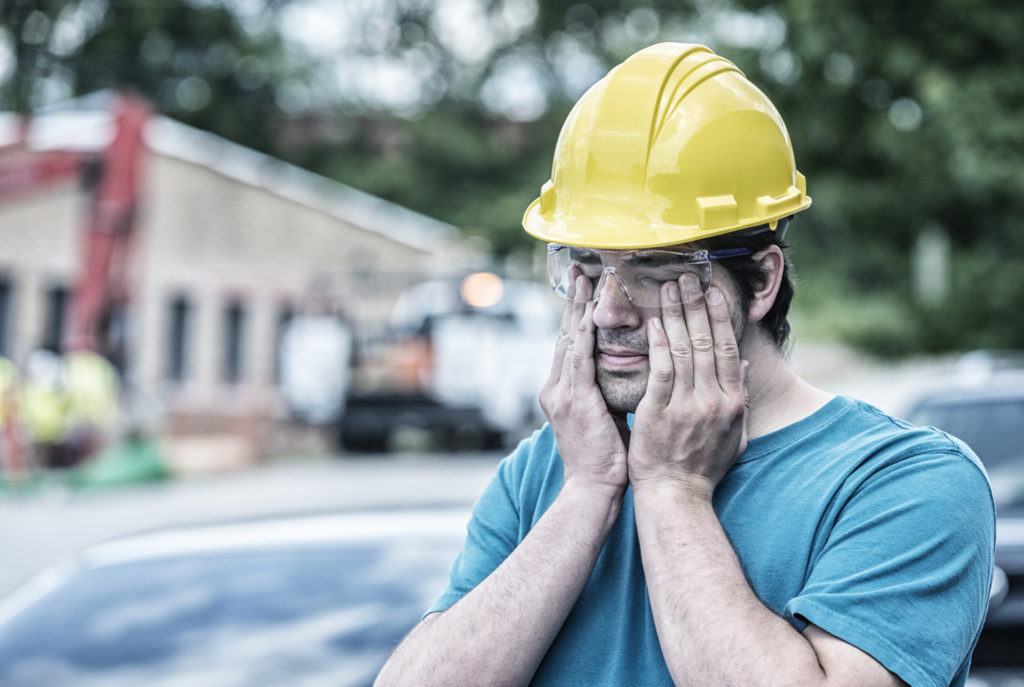How To Use An Emergency Eye Wash Station

Any workplace that uses chemicals with the potential to cause harm to human health should be prepared for the worst eventuality. Although chemical accidents are rare, knowing how to use equipment such as an emergency eye wash station has the potential to save your sight, or someone else’s. There are three different types of eye wash stations: floor mounted, wall mounted and bench mounted. Assess the work environment and decide on the eye wash station that best suits your company’s needs.
Each eye wash station should be in an easily accessible place within 10 seconds of the hazard and should be activated with a single motion in one second or less. Depending on the layout of the room, it may be necessary to install more than one eye wash station. Choose a brightly coloured eye wash to ensure it is clearly visible from all parts of the room. When turned on, there will be a continuous 15 minutes of water flow at a tepid temperature.
The S200 COSHH Essentials: Harm via Skin or Eye Contact can be used by employers to comply with the regulations that govern the Control of Substances Hazardous to Health. The guide details how exposure can be controlled through pre-planning: minimising the handling of dangerous substances, providing clean washrooms with skin care creams, communicating the risk to workers and providing eye protection where there are splash risks.
There are three main types of eye wash stations, but it is up to you to determine which would best suit your company’s needs:
Bench mounted eye wash stations
Bench mounted eye washes are perfect for labs where space is at a premium, or where there is a small number of staff. They are ideal for mounting on a lab bench or counter top for easy access when working with chemicals in laboratories.
Floor mounted eye wash stations
Floor mounted eye washes are large, easy to use and easy to see. Their robust body and dual spray heads ensure that the eyes are flushed with a continual supply of water. Place the floor mounted eye wash indoors or outdoors – they are perfect for large spaces and are simple to operate by using a foot pedal or valve lever.
Wall mounted eye wash stations
Wall mounted eye washes are flexible – able to be used indoors or outdoors. They are available with a dual spray head so that both eyes can be flushed at the same time. It is also possible to have an eye wash with a hose, which is operated with a trigger, making it perfect for schools or universities where a trained teacher will be able to assist the casualty.

Using an emergency eyewash station in the event of an accident
When trying to minimise a chemical eye injury, speed is of the essence. The longer the eye is in contact with the chemical, the more damage it can do. For maximum efficiency, install an emergency eyewash station as close to the work area as possible. Train every worker fully on how to operate it, ensuring full comprehension.
In the event of chemicals getting into your eyes, you should:
Go to the emergency eyewash station immediately
Don’t panic – simply signal or shout for assistance. Getting your colleagues attention means that they can help you to operate the eyewash and clean your eyes or call the emergency services.
Push the lever to activate the unit
Flush out the eyes for a minimum of 15 minutes. If you have clean hands, hold your eyes open as wide as possible to let water reach all areas around the eye. If your hands are not clean, a colleague can help you.
Remove contact lenses
You shouldn’t try to remove any contact lenses you are wearing right away, instead, wait until you’ve already washed your eyes out for 15 minutes and then remove them and continue washing.
Keep flushing
Once activated, the unit will stay on for ease of use. Roll your eyes around so that water can reach all areas around the eye.
After flushing
Seek immediate medical help after the exposure and initial eye wash to follow up on treating your eyes.
